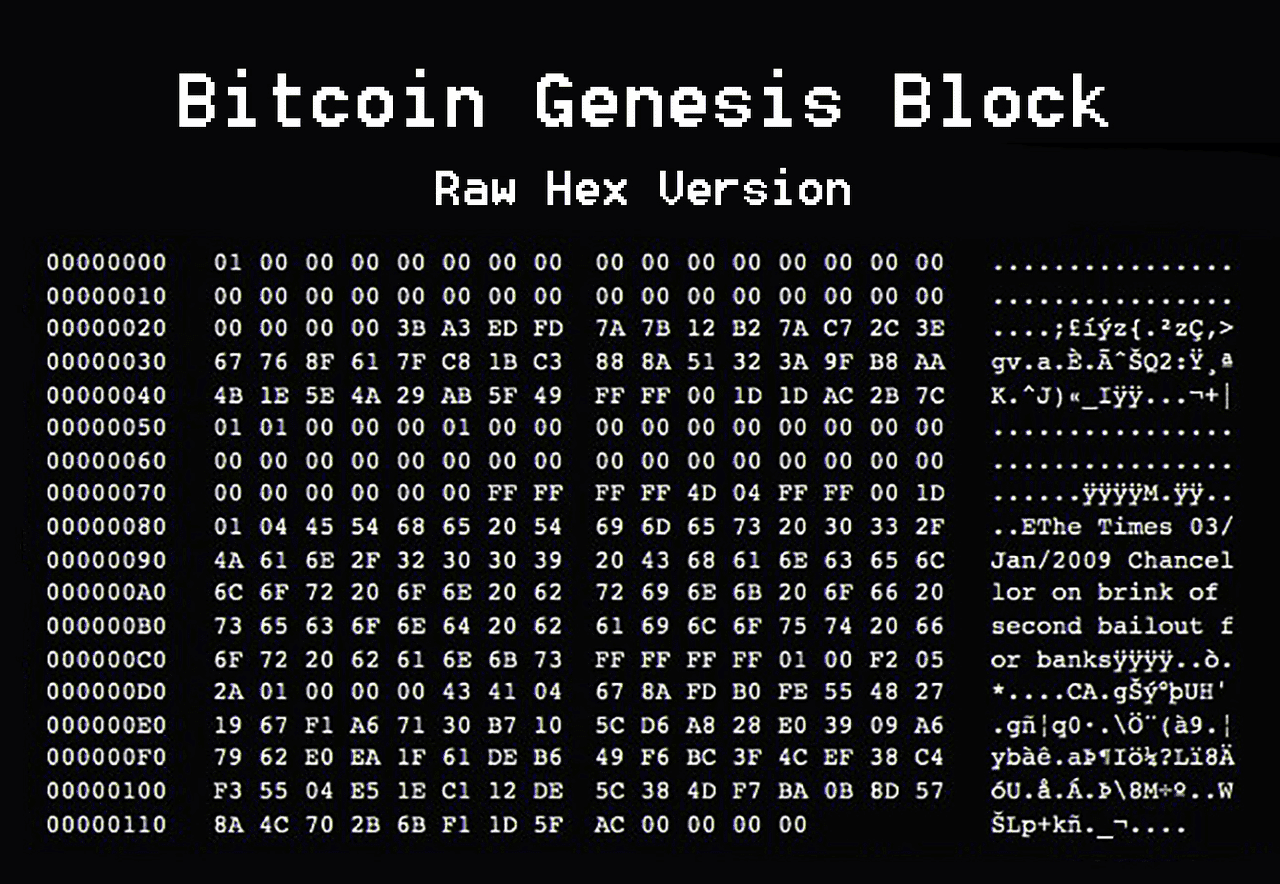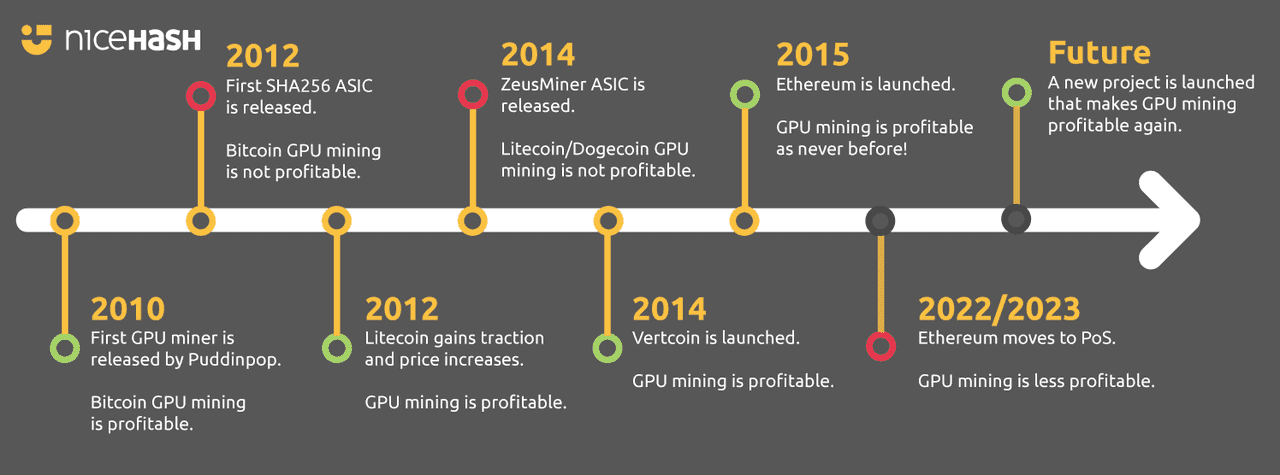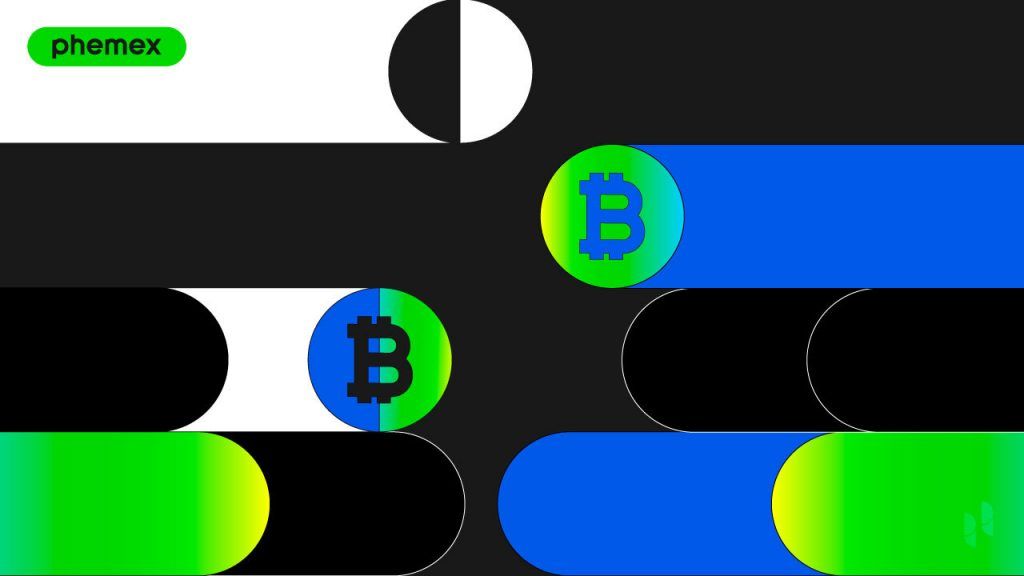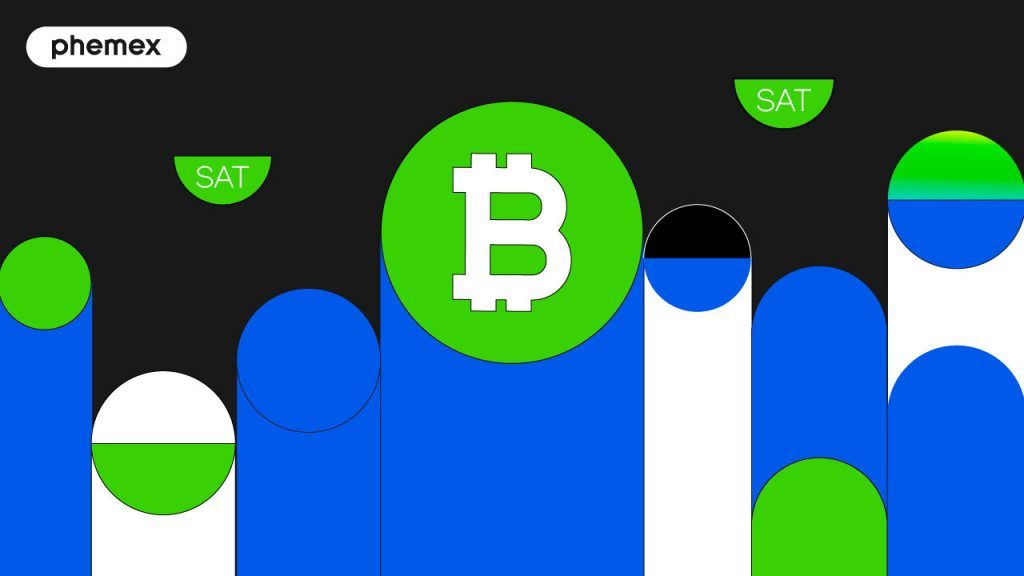Every story has a beginning, and for Bitcoin that beginning is the Bitcoin genesis block. The term “genesis block” refers to the very first block in a blockchain. In Bitcoin’s case, this is the inaugural block that started it all – block 0 in the Bitcoin blockchain. It’s a foundational piece of Bitcoin history, packed with symbolic significance and a bit of mystery. This article will explain what the Bitcoin genesis block is, why it’s important, and how it set the stage for the entire Bitcoin mining history that followed.

What Is the Bitcoin Genesis Block?
The Bitcoin genesis block is the first block of transactions recorded on Bitcoin’s blockchain. It was mined by Bitcoin’s creator, Satoshi Nakamoto, on January 3, 2009. In blockchain terminology, it has a block height of 0 (meaning it’s the root of the chain, with no predecessor). Unlike every other block in the Bitcoin network, the genesis block does not reference any previous block (because there was none before it). For this reason, the genesis block had to be manually embedded or hardcoded into the initial Bitcoin software.
Here are some key facts about the Bitcoin genesis block:
-
Date and Time: The block’s timestamp is January 3, 2009 at 18:15:05 UTC. This marks the official launch of the Bitcoin network.
-
Block Data: It contains only one transaction – a special transaction known as the “coinbase” transaction, which is how new bitcoins are created in a block. In the genesis block’s coinbase, Satoshi Nakamoto created (or “mined”) the first 50 BTC (bitcoins) as the block reward.
-
Block Hash: Every block has a unique identifier called a hash. The genesis block’s hash is a 64-digit hexadecimal number starting with a long string of zeros: 000000000019d6689c085ae165831e93.... Interestingly, this hash has more leading zeros (making it harder to find) than was strictly required for the mining difficulty at the time, which suggests Satoshi may have spent extra effort mining it or adjusted the difficulty parameters manually.
-
The First Address: The 50 BTC reward in the genesis block was sent to a Bitcoin address (often called the “genesis address”) believed to be controlled by Satoshi Nakamoto. The address is 1A1zP1eP5QGefi2DMPTfTL5SLmv7DivfNa – these coins, however, have never been spent or moved.
The genesis block is to Bitcoin what a birth certificate is to a person - it represents the birth of the system. If you were to download the Bitcoin blockchain today and trace back every block, you’d end up at this single, solitary first block that started the chain.
Bitcoin Genesis Block Raw Hex Version (source)
The Hidden Message and Its Significance
One of the most famous aspects of the Bitcoin genesis block is that Satoshi Nakamoto embedded a message in it. Inside the coinbase data of the block (which usually contains arbitrary data or extra nonce values), Satoshi inserted the text:
“The Times 03/Jan/2009 Chancellor on brink of second bailout for banks.”
This is a verbatim quote from the front page headline of The Times, a London newspaper, on January 3, 2009. Why did Satoshi include this message? There are a few interpretations:
-
Proof of Date: The simplest explanation is that it was to prove that the genesis block was not mined before that date. By referencing a newspaper headline from Jan 3, 2009, Satoshi demonstrated that the block could not have been created earlier than that (ensuring no one could claim to have pre-mined the blockchain before the public knew about it).
-
Commentary: Many believe it was also a commentary on the state of the global financial system. At the time, governments were bailing out banks in the wake of the 2008 financial crisis. The headline about the Chancellor (the UK’s finance minister) considering a second bailout for banks suggests dissatisfaction with the traditional banking system. By embedding this, Satoshi perhaps hinted at Bitcoin’s purpose – as an alternative to the banking system that had required massive taxpayer-funded rescues.
-
Ideological Statement: Bitcoin was designed to be a decentralized currency, not subject to the policies or failures of central banks and governments. The message in the genesis block can be seen as a foundational quote, almost like a mission statement, symbolizing that Bitcoin was born at a time of financial turmoil as a potential solution or shelter.
This hidden message has become legendary in the crypto community. It adds an almost poetic touch to Bitcoin’s birth – the first Bitcoin block carries a piece of contemporary news that encapsulates why many feel Bitcoin was necessary. To this day, Bitcoin enthusiasts reference this line as a reminder of the motivations behind Bitcoin’s creation.
Satoshi Nakamoto and the Birth of Bitcoin
The genesis block and the early blocks were all mined by Satoshi Nakamoto, the mysterious creator of Bitcoin. Satoshi had released the Bitcoin whitepaper in October 2008 and then wrote the initial code for the Bitcoin software. By early January 2009, Satoshi was ready to activate the network. Mining the genesis block was the first step.
It’s worth noting that there was a gap of several days between the genesis block (January 3, 2009) and the mining of the second block (block 1) which occurred on January 9, 2009 – the same day Satoshi released Bitcoin’s software publicly.
Once the software went live, early adopters began running Bitcoin on their computers, joining Satoshi in keeping the network going. One notable participant was Hal Finney, a well-known cryptographer, who famously downloaded the Bitcoin software on January 9, 2009 and started running it. On January 12, 2009, Hal Finney received 10 BTC from Satoshi Nakamoto in the first Bitcoin transaction sent from one person to another (this was recorded in block 170). This event marks the beginning of Bitcoin as a functioning peer-to-peer payment network, just days after the genesis block.
During those early weeks and months, Satoshi Nakamoto was likely mining the majority of blocks, since there were very few users at first. Research into Bitcoin’s blockchain has suggested that Satoshi (or a single dominant miner believed to be Satoshi) mined a very large number of the early blocks, potentially accumulating around 1 million BTC in total by some estimates. Satoshi never spent any of the coins associated with the genesis block or the other large early addresses, and these coins remain dormant.
Satoshi Nakamoto remained involved in Bitcoin’s development for roughly two years after the genesis block. He corresponded with other developers through emails and forums, making improvements to the software. By the end of 2010, Satoshi gradually withdrew from active involvement, handing over project responsibilities to others. Satoshi’s last known communication was in 2011, and after that the creator vanished from the public eye – leaving behind the genesis block, the Bitcoin network, and a community to carry it forward.
Genesis block in a blockchain network (source)
Unique Properties of the Genesis Block
The genesis block holds a special status in Bitcoin’s design, and it has a few unique properties and mysteries:
-
Unspendable 50 BTC Reward: The 50 bitcoins created in the genesis block are effectively locked forever. Normally, when a miner receives a block reward, those coins can be spent in future transactions. However, due to how the genesis block is coded in the Bitcoin software, its coinbase transaction is not considered valid by the rest of the network for spending. In other words, the first 50 BTC cannot be transferred out or used – they are stuck in that genesis address permanently. It’s not entirely clear if this unspendable aspect was intentional by Satoshi or an inadvertent quirk. Some speculate it was intentional as a sort of tribute or simply to emphasize that Bitcoin’s first coins weren’t meant to be moved.
-
Hardcoded in Software: The genesis block’s hash and details are hardcoded in the Bitcoin client’s source code. This is necessary so that new nodes (Bitcoin software clients) know where the chain of blocks begins. Every Bitcoin implementation starts with the assumption that the genesis block exists and is valid. Because of this, the exact content of the genesis block is fixed for all time – any change to it would effectively create a different network.
-
No Previous Block: While every other block header in Bitcoin includes a reference (the hash) to the prior block’s header (creating the chain), the genesis block has no such reference (sometimes a null or zero value is in that field). This is why it’s considered block 0: it’s the beginning of the chain and not linked from any earlier data.
-
Starting the Difficulty and Chain Parameters: The genesis block sets the initial conditions for the blockchain. It established the starting difficulty level (which was very low – the easiest it’s ever been to mine a block), the initial mining reward, and other parameters. The Bitcoin network’s difficulty would start adjusting from this baseline as more blocks were mined and more miners joined.
-
Lore and Easter Eggs: Beyond the Times headline message, enthusiasts have searched the genesis block for other “Easter eggs.” None are confirmed beyond the headline, but the entire event has an aura of creation lore. For instance, the fact that the genesis block’s hash has an unexpectedly high number of leading zeros is sometimes seen as Satoshi perhaps deliberately making the first block special (though it could also be chance within the required difficulty).
The unspendable nature of the genesis block’s 50 BTC also means the effective maximum supply of Bitcoin is slightly less than 21 million (since those 50 will never circulate). It’s interesting to note that the address that received the genesis coins has since received many “donations” from Bitcoin users over the years – people sometimes send small amounts of BTC to that address as a tribute to Satoshi – but of course, none of those coins (including the original 50) have ever moved.
Early Bitcoin Mining History After the Genesis Block
After the genesis block, Bitcoin mining started in earnest, and this marks the beginning of Bitcoin’s mining history:
-
CPU Mining (2009–2010): Initially, Bitcoin was mined using standard computer CPUs, with early adopters like Satoshi Nakamoto and Hal Finney securing the network. Mining was easy, as difficulty was low and there was minimal competition.
-
Growth of Mining Community: As Bitcoin gained traction through forums and word of mouth, more individuals joined in. By late 2009, mining difficulty increased as more CPUs contributed, and the first exchanges emerged, giving Bitcoin monetary value.
-
GPU Mining (2010–2011): Mid-2010 saw the rise of GPU mining, as users discovered that graphics cards vastly improved mining efficiency. Laszlo Hanyecz pioneered GPU mining, leading miners to abandon CPUs for faster solutions.
-
FPGA and ASIC Mining (2011–2013): By 2011-2012, hobbyists adapted FPGAs for mining. The major breakthrough came in 2013 with ASIC miners, which were highly efficient and transformed mining into an industry, moving operations to data centers.
-
Mining Becomes Industrial (2014 onward): Bitcoin mining evolved into a competitive industry with large farms in areas offering cheap electricity. Mining pools formed to combine hashing power, vital as difficulty rose.
-
Geographical Shifts and Modern Mining: China was once the hub of mining but faced a crackdown in 2021, leading to a global decentralization. By 2025, mining operates worldwide, with the network hash rate exponentially higher than in 2009.
Throughout this history, the block reward has been crucial. The genesis block had a reward of 50 BTC, which halved several times by 2024, resulting in fewer new bitcoins mined over time. As of 2025, approximately 19.4 million BTC out of a maximum of 21 million have been mined, illustrating Bitcoin's growth from a small beginning to a significant global enterprise.
History of cryptocurrency mining (source)
The Legacy of the Genesis Block
The Bitcoin genesis block is more than just a piece of data – it’s a symbol of the start of a revolution in technology and finance. Every aspect of it, from the timestamp and the embedded newspaper headline to the permanently locked 50 BTC reward, has been scrutinized and celebrated by the Bitcoin community.
Historical Importance: The genesis block is preserved in every copy of the Bitcoin blockchain and in the source code of Bitcoin software. It’s like a historical landmark. January 3rd (Genesis Block day) is often celebrated by Bitcoin enthusiasts as “Bitcoin’s birthday,” and it’s not uncommon to see retrospectives or social media posts commemorating the anniversary of the genesis block each year.
Inspiration for Other Blockchains: Every other cryptocurrency or blockchain that followed had to create its own genesis block. Many have imitated Satoshi’s idea of including a message. For example, some altcoin genesis blocks reference headlines or quotes. The concept of a genesis block as a deliberate starting point underscores how blockchain systems have an element of ceremony or deliberate creation at the outset.
Satoshi’s Legacy: The genesis block is closely tied to Satoshi Nakamoto’s legacy. It is the only block we can be virtually certain was mined by Satoshi himself. The fact that its 50 BTC reward is unspendable and has never moved adds to the mystique – Satoshi could not profit from the first block even if he wanted to. This aligns with the idea that Satoshi created Bitcoin not for immediate riches (indeed, those first coins were locked away), but to launch a long-term project. Over a decade and a half later, Bitcoin has grown into a worldwide network, validating the soundness of the design that started with the genesis block.
Ongoing Mystery: There are still unanswered questions like: Was the unspendable reward intentional? Did Satoshi foresee how large Bitcoin would become? While we might never know the full story, the tangible artifact of the genesis block gives everyone a point of reference to reflect on Bitcoin’s creation. It’s a reminder that from a single block and a bold idea, a vast, decentralized network now exists that has challenged and inspired the world of finance and computer science.
Conclusion
In conclusion, the Bitcoin genesis block is a remarkable piece of digital history. It represents the zero-to-one moment when Satoshi Nakamoto’s invention sprang to life. Understanding what the genesis block is and the context around it provides a deeper appreciation for Bitcoin’s origins. From that first block mined in 2009, Bitcoin’s blockchain has grown to hundreds of thousands of blocks, and the network is secured by millions of miners and nodes around the globe. Yet, it all traces back to block 0 – a block containing a newspaper headline and 50 bitcoin that will never be spent, planted quietly by Satoshi on January 3rd, 2009. The genesis block is not just the technical start of the blockchain; it’s a lasting reminder of why Bitcoin began and how one innovative block can set in motion a chain reaction capable of changing the world.











